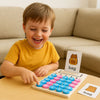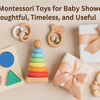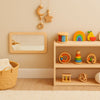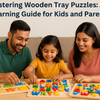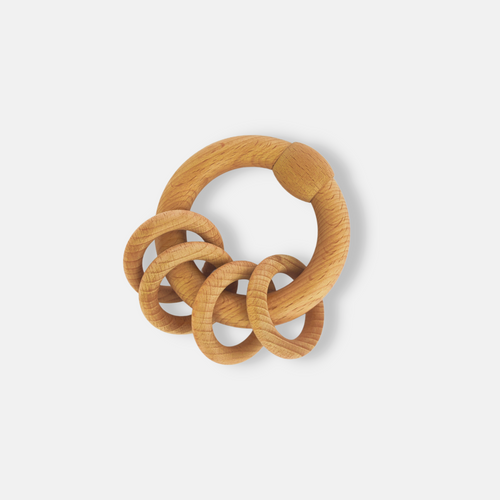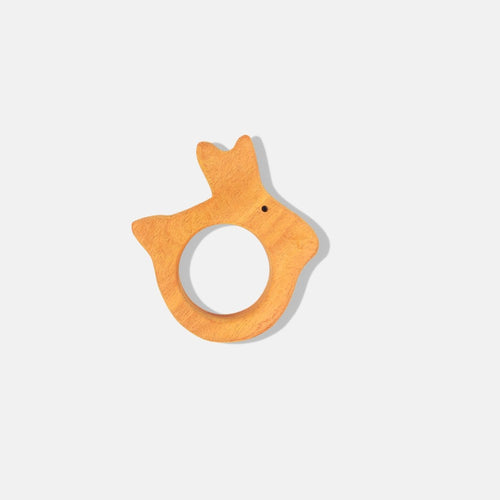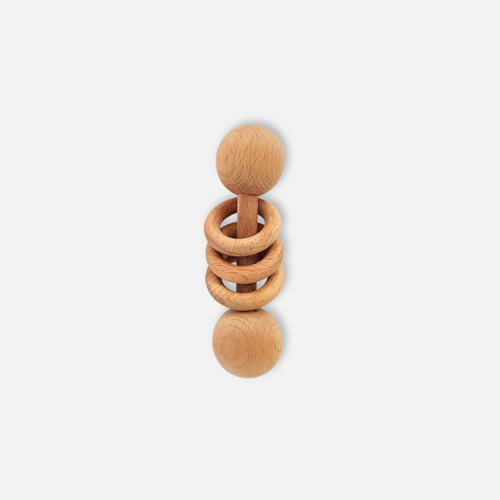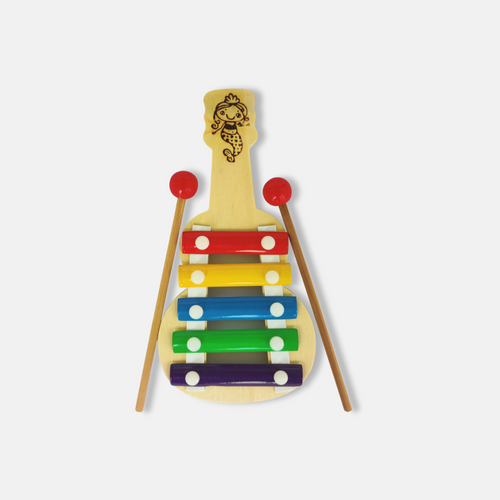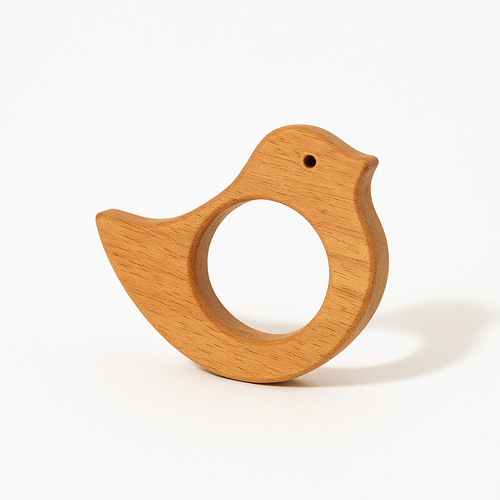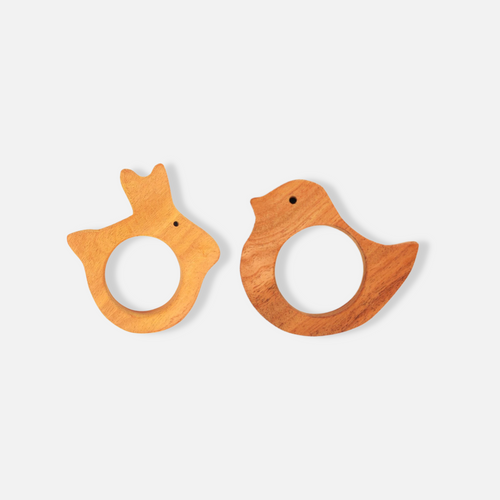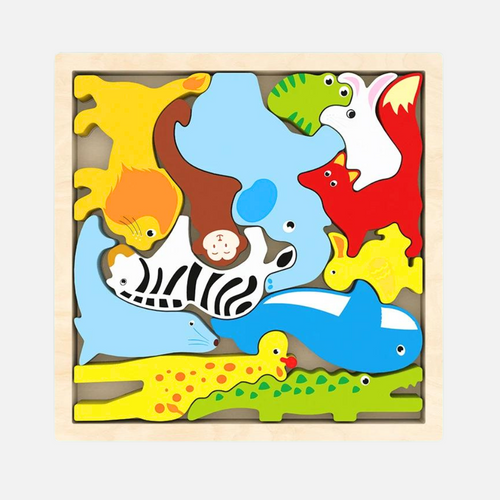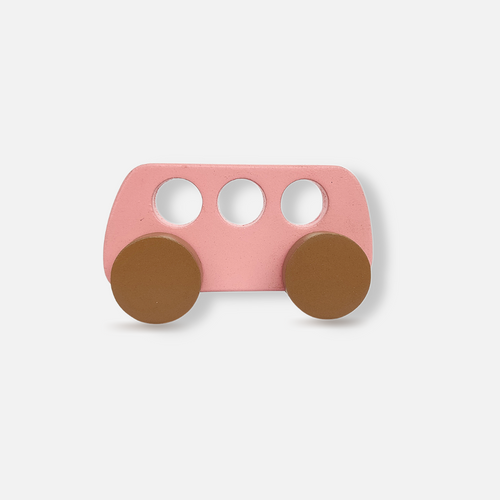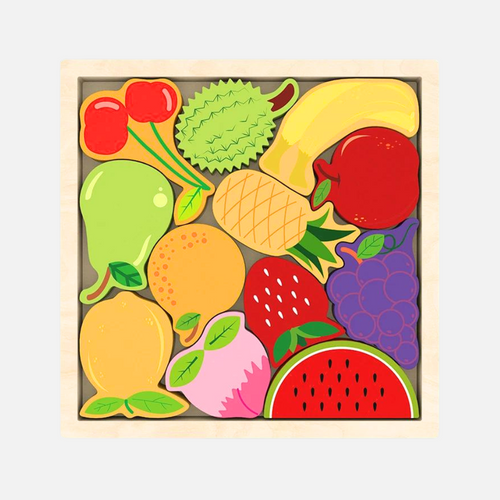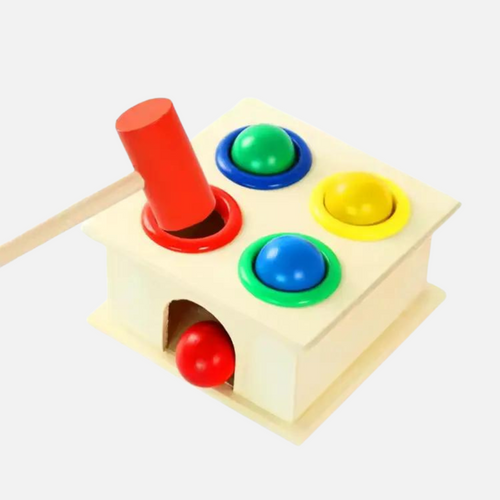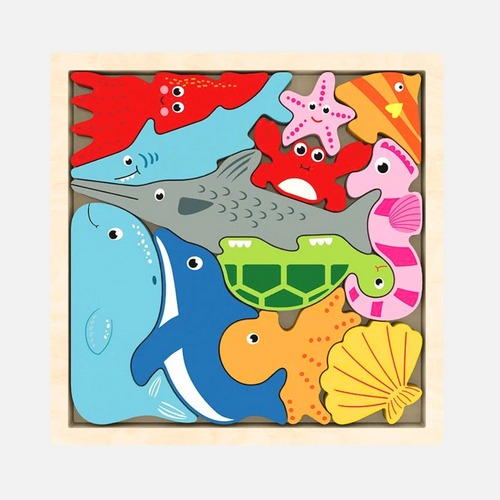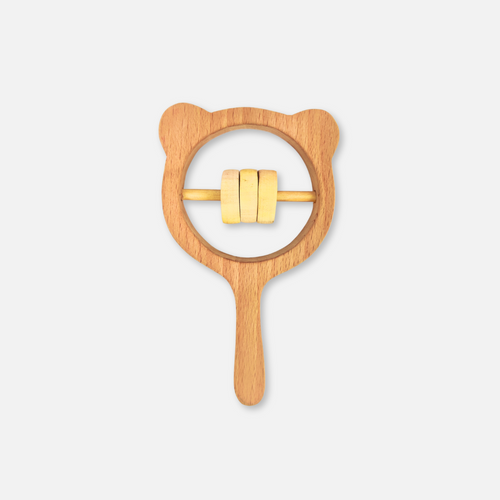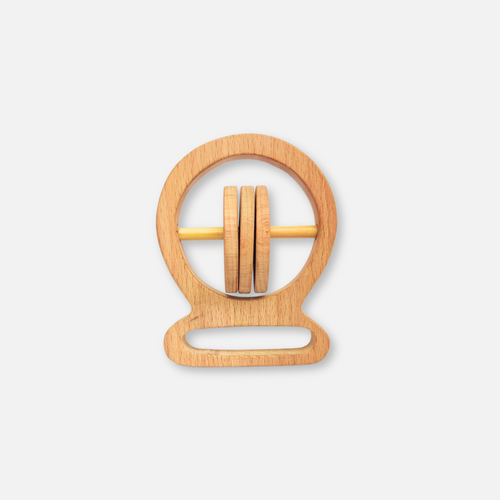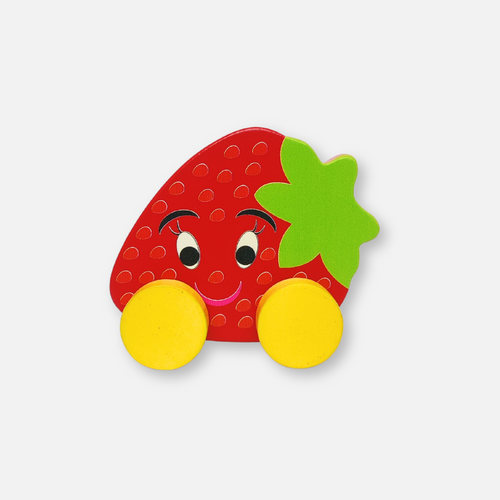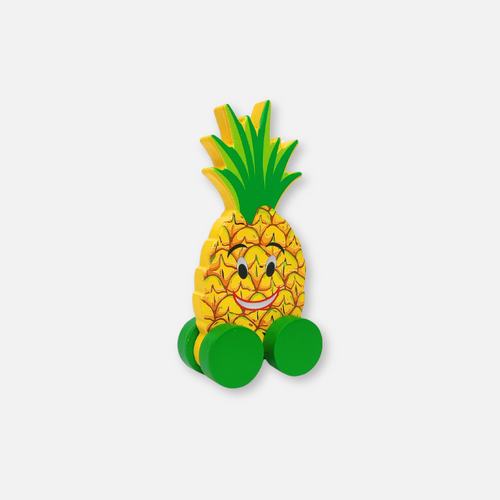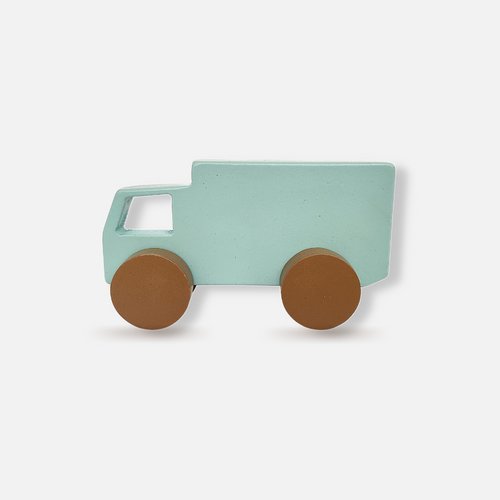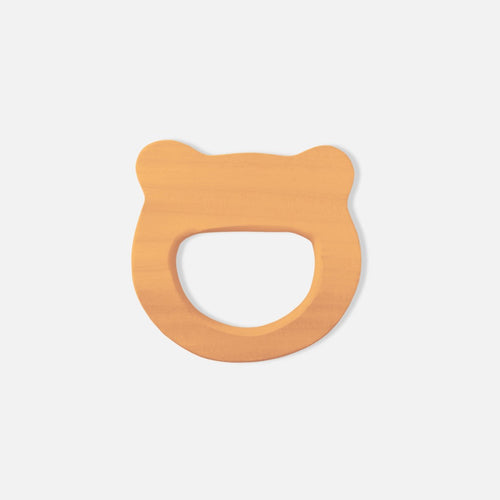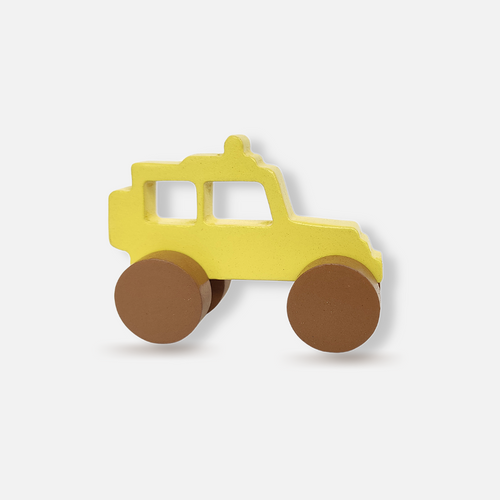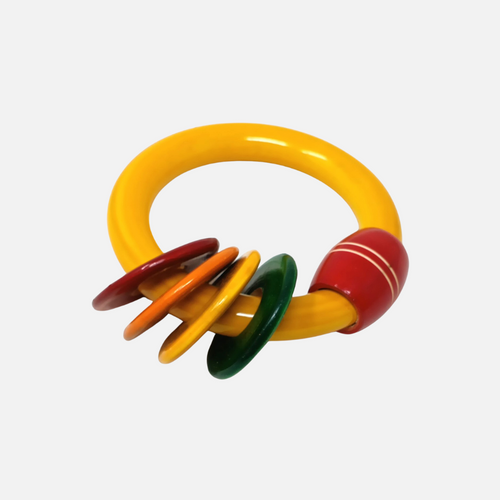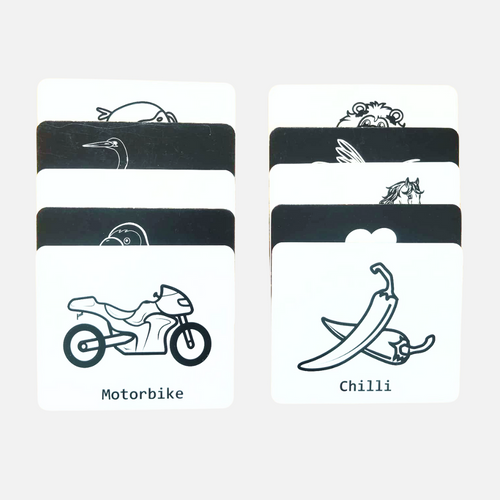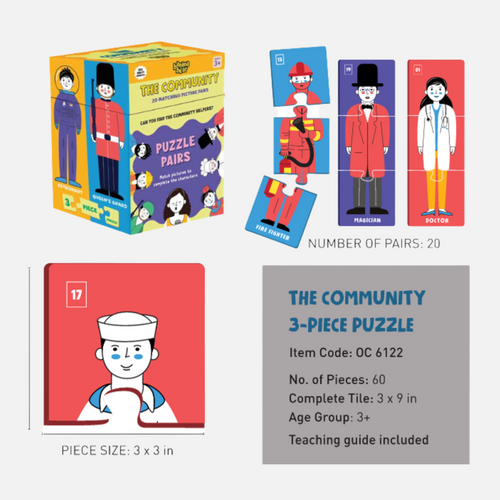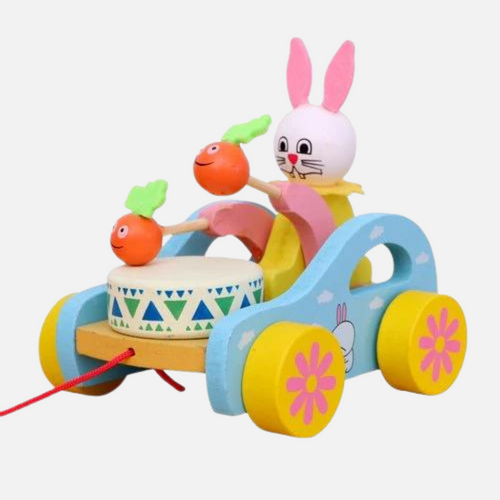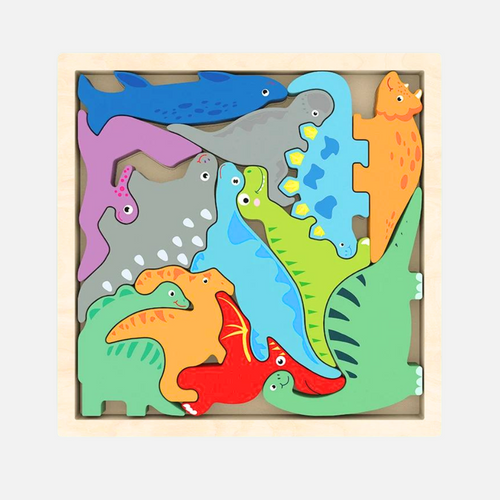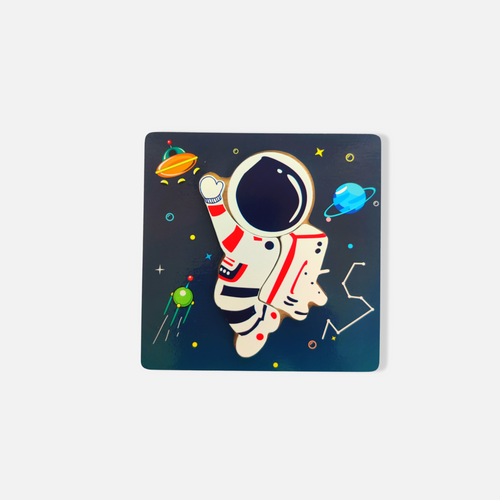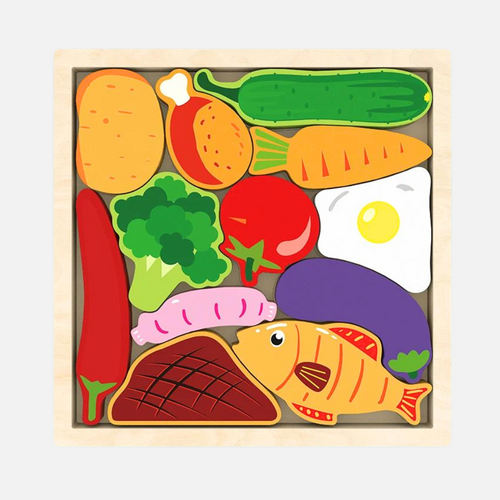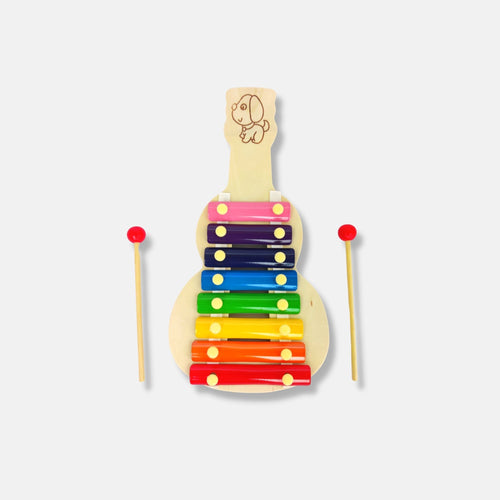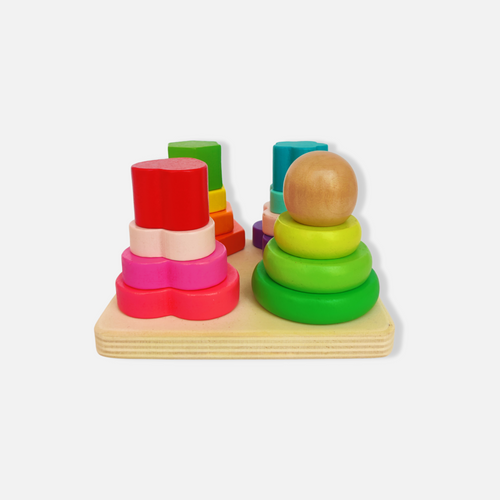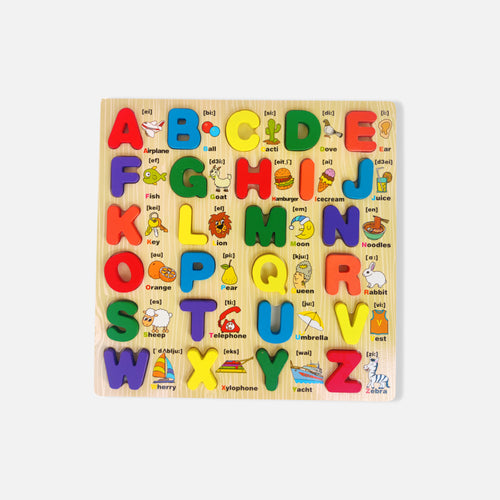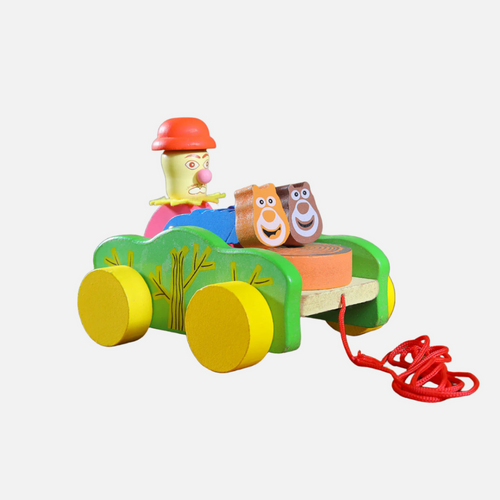How Gross Motor Skill Toys Help in Early Childhood Development

Early childhood is a crucial time for development, where every new experience shapes the growing brain and body. Among the many ways to support this development, gross motor skill toys play a significant role. These toys, designed to encourage movement and coordination, are not just fun—they're essential for building the physical foundation that children will rely on throughout their lives.
What Are Gross Motor Skills?
Gross motor skills involve the large muscles of the body, particularly those used for movements like crawling, walking, running, and jumping. These skills are essential for a child's overall physical development and are the building blocks for more complex movements and activities later in life. Think of them as the skills that help a child navigate their world with confidence and ease.
The Role of Gross Motor Skill Toys
Gross motor skill toys are specifically designed to help children develop these important physical abilities. They encourage kids to move, explore, and engage in physical activities that strengthen their muscles and improve coordination. Here’s how these toys contribute to early childhood development:
1. Building Strength and Muscle Control
Gross motor skill toys often involve activities that require children to push, pull, lift, or carry. For instance, toys like push-and-pull wagons, balance bikes, or climbing structures encourage children to use their muscles in new and challenging ways. Over time, these activities help build muscle strength and control, which are essential for other physical activities like running, jumping, and playing sports.
2. Enhancing Balance and Coordination
Toys like balance beams, stepping stones, or ride-on toys challenge a child’s balance and coordination. As children learn to balance on a beam or navigate a ride-on toy, they develop a sense of body awareness and improve their ability to control their movements. These skills are not only important for physical activities but also contribute to better posture and stability.
3. Encouraging Exploration and Curiosity
Children are naturally curious and love to explore their surroundings. Gross motor skill toys tap into this curiosity by providing opportunities for physical exploration. For example, climbing toys or obstacle courses encourage children to discover new ways to move their bodies, whether it’s climbing over a structure, crawling through a tunnel, or jumping between stepping stones. This exploration not only develops physical skills but also fosters creativity and problem-solving abilities.
4. Promoting Social Interaction and Teamwork
Many gross motor skill toys are designed for group play, encouraging children to interact with their peers. Activities like playing catch, participating in a relay race, or building a fort together require communication, cooperation, and teamwork. These interactions help children develop important social skills, such as taking turns, sharing, and working together to achieve a common goal.
5. Boosting Confidence and Independence
As children master new physical skills, their confidence grows. Successfully balancing on a beam, riding a bike without training wheels, or completing an obstacle course gives them a sense of accomplishment. This boost in confidence encourages them to take on new challenges, fostering a sense of independence and resilience that will benefit them in all areas of life.
6. Supporting Cognitive Development
Gross motor skill activities also contribute to cognitive development. Engaging in physical play helps children develop focus, concentration, and problem-solving skills. For example, figuring out how to navigate an obstacle course or how to catch a ball involves both physical and mental effort. These activities stimulate the brain and promote the development of neural connections, which are essential for learning and memory.
7. Fostering Healthy Habits
Introducing gross motor skill toys at an early age helps children develop a love for physical activity. By making movement fun, these toys encourage children to stay active, which is important for maintaining a healthy weight, developing strong bones, and preventing future health issues. Developing healthy habits early in life sets the stage for a lifetime of physical fitness and well-being.
Choosing the Right Gross Motor Skill Toys
When selecting gross motor skill toys for your child, consider their age, interests, and current physical abilities. Here are a few ideas:
- For Babies and Toddlers: Look for toys like push-and-pull toys, soft climbing structures, or ride-on toys that encourage movement and exploration.
- For Preschoolers: Balance bikes, stepping stones, and small trampolines are great for developing balance and coordination.
- For Older Children: More challenging toys like scooters, jump ropes, or obstacle course sets can help further refine gross motor skills.
Conclusion
Gross motor skill toys are more than just playthings—they’re powerful tools that support early childhood development in a fun and engaging way. By encouraging movement, exploration, and social interaction, these toys help children build the physical and cognitive skills they need to thrive. Whether your child is just learning to walk or is mastering the art of jumping, incorporating gross motor skill toys into their playtime is a wonderful way to support their growth and development.
So, next time you’re looking for a toy, consider one that gets your child moving. Not only will they have a blast, but they’ll also be developing important skills that will benefit them for years to come.
FAQs
Q 1: How do gross motor skill toys benefit my child's development?
A 1: These toys encourage physical movement, helping to build muscle strength, improve balance and coordination, and enhance social skills through group play. They also promote cognitive development by engaging your child in problem-solving and creative exploration.
Q 2: At what age should I introduce gross motor skill toys to my child?
A 2: Gross motor skill toys can be introduced as early as infancy, with age-appropriate options like push-and-pull toys or soft climbing structures. As your child grows, you can introduce more challenging toys like balance bikes or obstacle courses.
Q 3: Can gross motor skill toys help my child develop social skills?
A 3: Yes, many gross motor skill toys are designed for group play, which encourages social interaction, teamwork, and communication. Playing with others helps children learn to share, take turns, and cooperate.
Q 4: What types of gross motor skill toys are suitable for toddlers?
A 4: For toddlers, toys like push-and-pull wagons, ride-on toys, and small climbing structures are ideal. These toys help them develop strength, coordination, and confidence as they explore and play.
Q 5: How do I choose the right gross motor skill toys for child?
A 5: Consider your child’s age, interests, and current physical abilities. Start with simple toys and gradually introduce more complex ones as they grow and develop. Ensure the toys are safe, durable, and engaging.
-
Posted in
gross motor skill toys, gross motor skills

